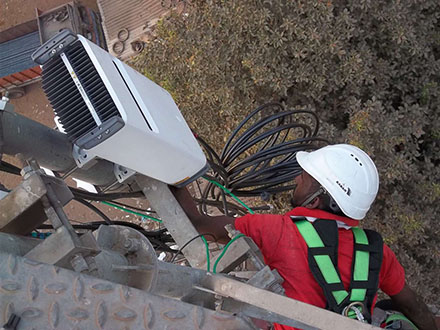|
Alongside partner Danoffice IT, Ericsson will lead the implementation of mission-critical LTE networking equipment as well as professional services and training. The LTE networking equipment is from the 5G-ready Ericsson Radio System portfolio, including the MINI-LINK microwave backhaul solution, in combination with Ericsson Cloud Packet Core.
This LTE network will significantly improve existing communications by providing stable, secure, and future-proof mobile broadband services for peacekeeping troops, who often operate under tough conditions in rough geographical terrain.
Together with the latest mission-critical push-to-talk, data, and video capabilities, specifically designed for professional use, communications will be enriched to embody the full multimedia experience.

Currently, there are 14 peacekeeping operations around the world led by the UN. These missions typically have permission to use the radio spectrum for the planning, coordination, and implementation of their activities.
The first live UN private LTE networks are expected to be up and running in 2019. By standardizing their communications in this way, the UN ensures that peacekeeping troops will have the latest communications systems.
In addition, these networks provide a cost-effective way to add new digital broadband services, such as HD video, for real-time situational awareness, mobile positioning, and cellular IoT, including asset management and connected logistics solutions.
Full article: IEEE Vehicular Technology Magazine, Volume 14, Number 1, March 2019 |